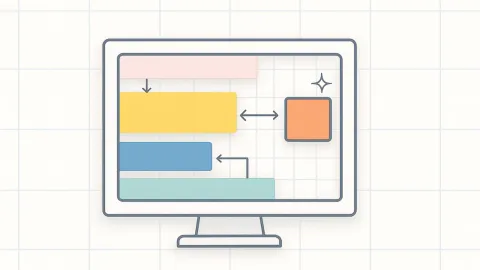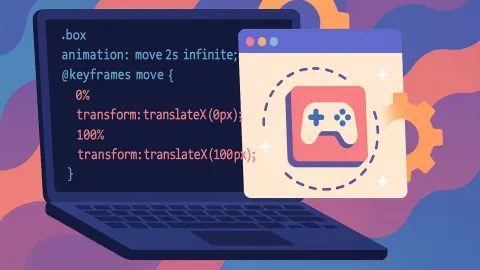What AI Tools Beyond ChatGPT? 9 Essential AI Assistant Recommendations
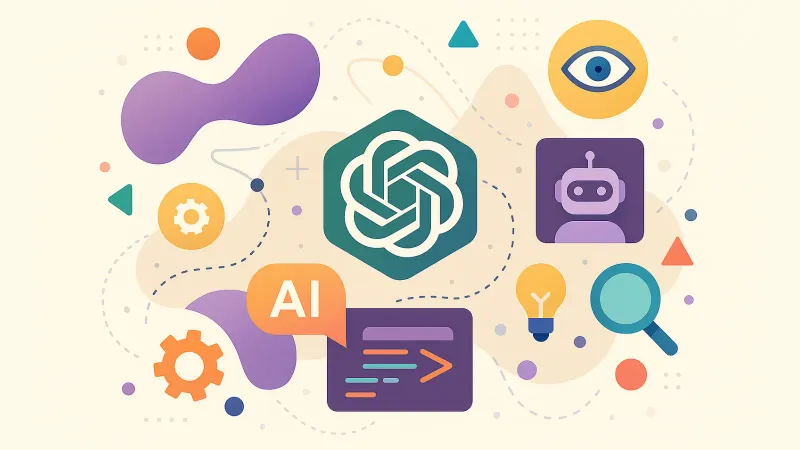
Quick Answer
Recommended AI tools beyond ChatGPT include: Midjourney (image generation), Stable Diffusion (open-source drawing), Claude (text conversation), Notion AI (document collaboration), Canva AI (design creation), GitHub Copilot (programming). Covering creative, work, development, and other field requirements.
AI Revolution: From Fear to Embrace
Since ChatGPT launched and sparked a wave of enthusiasm, discussions about AI have never ceased. The AI intelligent era we imagined in movies and novels has truly arrived!
Facing overwhelming news: “AI replacing human labor causing mass unemployment,” “falling in love with AI wives,” “AI singing better than the original artist”… these messages make people both excited and anxious.
But think from another angle: AI can indeed solve a tremendous number of problems!
Positive Impacts of AI
- Cost Reduction: Reducing human resource needs for repetitive tasks
- Efficiency Enhancement: Intelligent analysis improves work accuracy
- Creativity Stimulation: AI assists in breaking through creative bottlenecks
- Technology Democratization: Enabling non-professionals to complete professional work
Key Mindset Shift: Don’t think “AI will replace me,” but rather “How can AI help me”!
Just like the commonly heard AI drawing, the point isn’t that AI will replace artists, but that AI can help artists improve efficiency and gain better inspiration through AI creativity.
9 AI Tools That Transform Workflows
Beyond ChatGPT, here are 9 AI tools that excel in different fields:

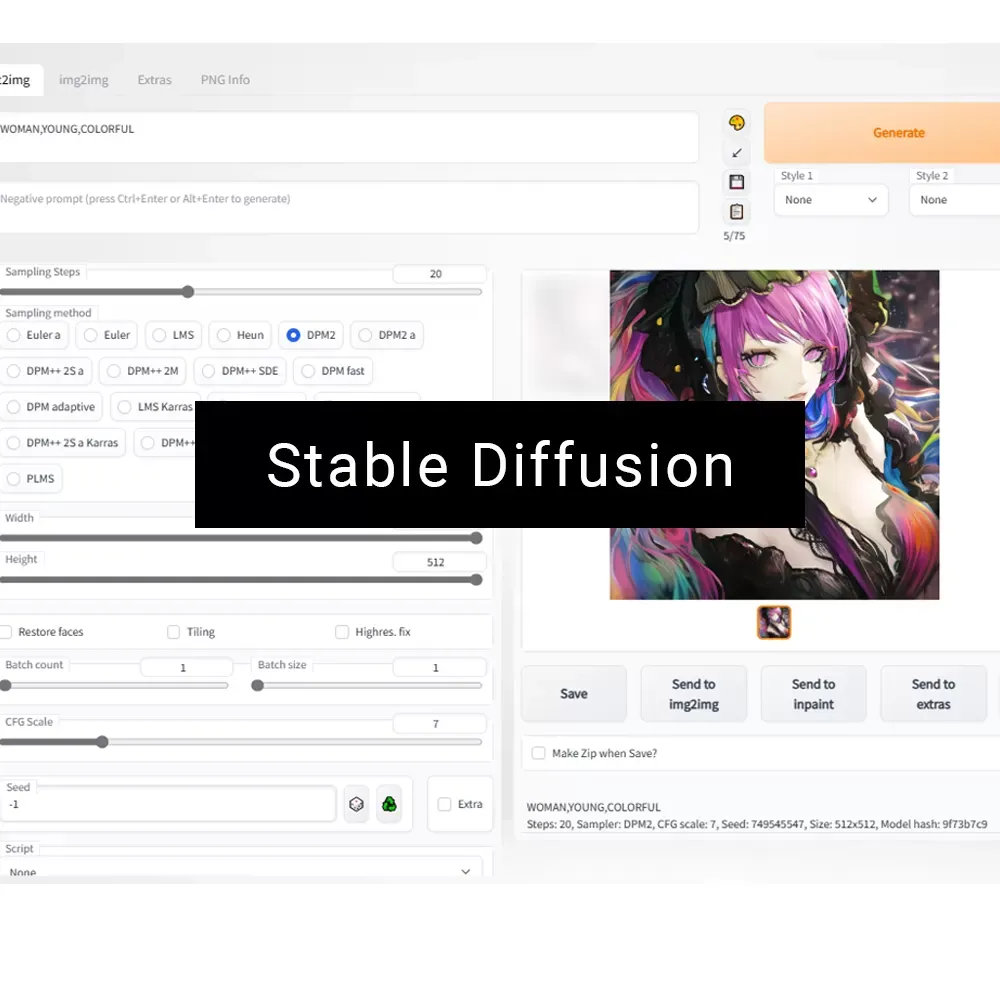
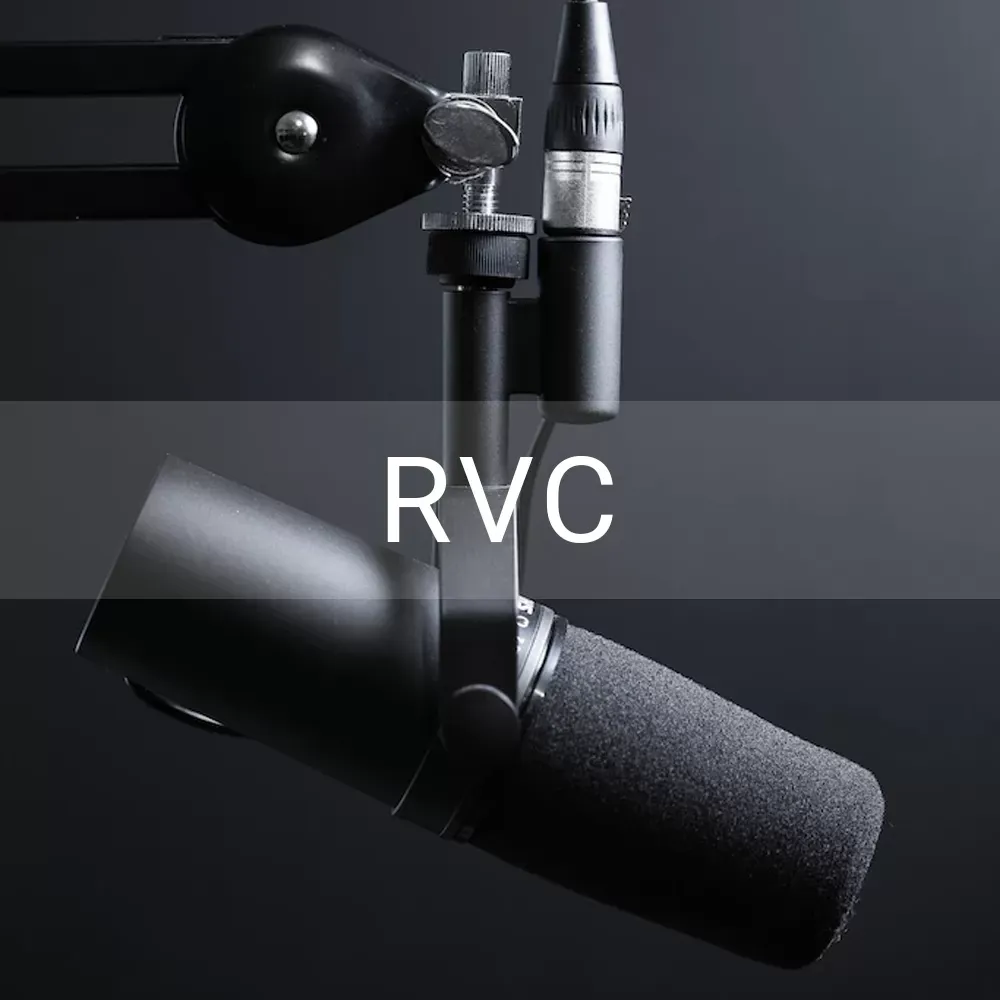






AI Tool Categories and Application Scenarios
🎨 Image Creation Category
Midjourney & Stable Diffusion
- Use Cases: Illustration design, concept art, commercial visuals
- Usage Tips: Learn precise prompt writing
- Business Value: Rapidly produce high-quality visual materials
Remove.bg & Watermark Remover
- Use Cases: E-commerce product images, design material processing
- Usage Tips: Batch processing to improve efficiency
- Business Value: Save design post-production time
🔊 Audio Creation Category
RVC (Voice Conversion)
- Use Cases: Dubbing, voice synthesis, creative audio
- Usage Tips: Requires certain technical threshold, recommend learning basics first
- Business Value: Provides more possibilities for video and audio creation
Boomy & Soundful
- Use Cases: Background music, advertising soundtracks, content creation
- Usage Tips: Understand music styles and licensing terms
- Business Value: Quickly obtain music materials with clear copyright
✍️ Content Creation Category
ChatGPT for Chrome
- Use Cases: Copywriting, problem-solving, creative brainstorming
- Usage Tips: Learn effective questioning techniques
- Business Value: 24/7 available creative assistant
Scalenut
- Use Cases: SEO articles, blog content, marketing copy
- Usage Tips: Combine keyword research and competitive analysis
- Business Value: Scalable content production
Factors to Consider When Choosing AI Tools
1. Licensing and Commercial Terms
Free Open Source (like Stable Diffusion, RVC)
- Pros: Completely free, high customization
- Cons: Requires technical skills, steeper learning curve
Paid Commercial (like Midjourney, Scalenut)
- Pros: Stable quality, clear commercial licensing
- Cons: Requires ongoing payments, limited features
Freemium (like ChatGPT for Chrome, Remove.bg)
- Pros: Free trial available, flexible upgrades
- Cons: More limitations in free versions
2. Technical Threshold Assessment
Beginner-Friendly Tools:
- ChatGPT for Chrome
- Remove.bg
- Boomy
Intermediate Technical Requirements:
- Midjourney
- Scalenut
- Soundful
Advanced Technical Tools:
- Stable Diffusion
- RVC
3. Workflow Integration
Choose tools that can seamlessly integrate with existing workflows, considering:
- File format support
- API connectivity
- Team collaboration features
- Data synchronization needs
AI Tool Usage Best Practices
Tips for Enhancing AI Effectiveness
1. Learn to Describe Needs Precisely
- Use specific, detailed instructions
- Provide reference examples or style descriptions
- Gradually refine and adjust requirements
2. Understand Tool Characteristics
- Each AI has its own “personality”
- Spend time exploring optimal usage methods
- Pay attention to tool updates and new features
3. Establish Workflows
- Integrate AI tools into daily work
- Create templates and standard operating procedures
- Regularly evaluate and optimize usage effectiveness
Avoid Common Pitfalls
Over-reliance on AI
- AI is an assistant, not a replacement
- Maintain critical thinking and creative judgment
- Human review and modification remain important
Ignoring Copyright Issues
- Understand licensing terms for each tool
- Confirm copyright status before commercial use
- Purchase commercial licenses when necessary
Blindly Pursuing New Tools
- Mastering a few core tools is more effective
- New tools require learning costs
- Evaluate ROI before deciding on adoption
The Future of AI-Human Collaboration
Golden Rules of Human-Machine Collaboration
What AI Excels At:
- Large-scale data processing and analysis
- Repetitive task automation
- Pattern recognition and prediction
- Rapidly generating multiple options
Irreplaceable Human Value:
- Creative thinking and strategic planning
- Emotional understanding and interpersonal communication
- Critical thinking and value judgment
- Integrated solutions for complex problems
Building Your Personal AI Toolkit
Step 1: Assess Needs
- Analyze repetitive tasks in your work
- Identify efficiency bottlenecks and improvement opportunities
- Determine budget and learning time investment
Step 2: Gradual Implementation
- Start with the most user-friendly tools
- Master one tool before expanding
- Document usage insights and effectiveness
Step 3: Continuous Optimization
- Regularly review tool usage effectiveness
- Stay updated on new tools and feature updates
- Share experiences and techniques with peers
Conclusion: Becoming the Best Partners with AI
AI can indeed accomplish many things and help many industries, but it cannot completely replace human labor. The key is learning to cooperate with these AIs and coexist harmoniously.
Just like Iron Man and JARVIS, each is the other’s greatest ally!
Remember this principle:
- AI is an amplifier, amplifying your capabilities
- AI is an assistant, helping you achieve goals
- AI is a partner, growing together with you
In the AI era, the most important thing is not fearing replacement, but learning how to collaborate with AI, making technology a tool for creating greater value.
Start exploring these AI tools now, find the digital assistant that suits you best, and stand out in the AI era!
